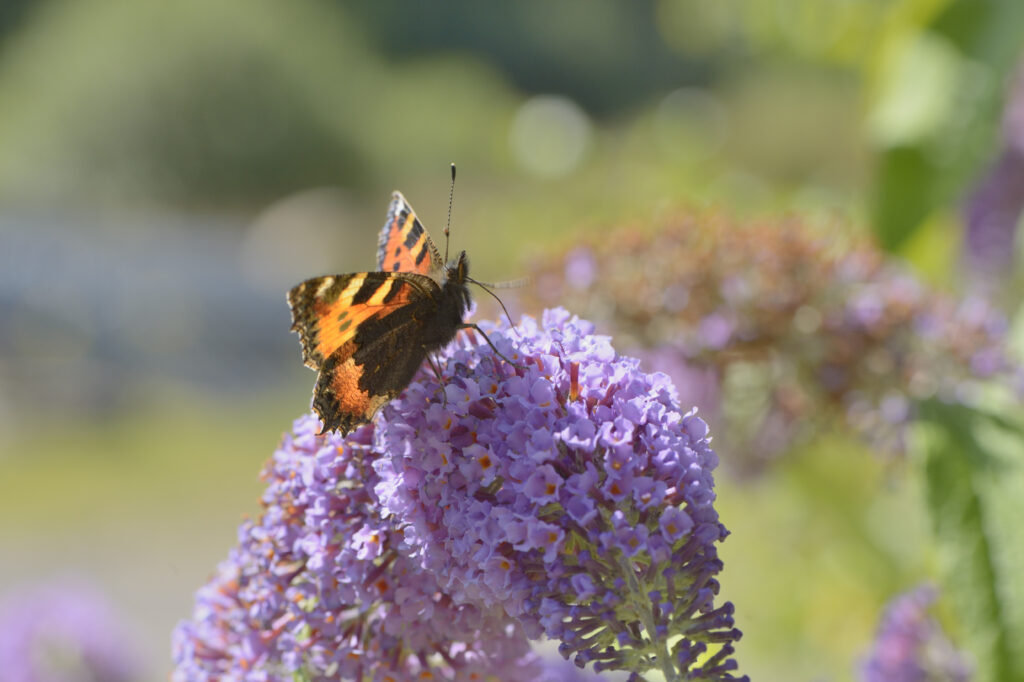A NEW report has found that many butterfly species are flourishing in Scotland – but has said that this trend is likely to be short-lived.
According to the report from NatureScot, sun-loving insects like butterflies are benefitting from hotter summers.
However, the nature agency says this surge probably won’t continue with the increased frequency of drought and fires resulting from climate change.
More drought and fires would lead to the death of adult butterflies, as well as the plants their caterpillars feed on.

Areas that are rich in butterflies and moths provide many benefits, including pollination and natural pest control.
Butterflies and caterpillars are also an important element in the food chain as prey for birds and bats and other animals.
As well, due to their rapid and sensitive response to subtle habitat or climatic changes, butterflies are useful indicators of environmental change and broader biodiversity changes.
The latest Scottish Biodiversity Indicator published by NatureScot today examines the long-term trend for butterflies since 1979.
The report finds that, from 1979 to 2021, there has been an increase across all species of 43%.
Of the 20 species analysed, nine have increased significantly and two have decreased. The remaining nine show no significant change.
The largest increases were seen in red admiral, orange-tip and ringlet butterflies, with climate change and weather being the likely drivers of change.
The two species showing significant declines are grayling and small tortoiseshell butterflies.
Population changes are also affected by habitat changes and fragmentation, pesticides and pollution.
As well, some butterfly populations in the UK continue to shift northwards as a response to climate change.
Over the past 20 years, species traditionally found in the UK’s warmer southerly climes, such as orange-tip and peacock butterflies, have become more numerous in Scotland.
However, climate change is likely to make most butterfly species more vulnerable overall, even including those moving northwards.
Simon Foster, NatureScot Trends and Indicators Analyst, said: “We know that climate change and habitat loss have and will hugely affect butterfly populations.
“Despite this short-term increase in butterflies, we need to be working now to help butterfly populations deal with the increasing influences of climate change.
“Fortunately, there are easy things we can all do to help butterflies.
“It’s wonderful to see many local authorities and individuals using wildflower seed mixes, which will can make a big difference in local areas.
“We’re also working with partners across Scotland on projects to help our butterflies and other pollinators thrive, from creating and managing habitat to promoting wildlife-friendly gardening and best practice guidance for developers.
“Butterflies can also benefit greatly from more people getting involved in citizen science.
“If you would like to help, one idea is to join the Butterfly Monitoring Scheme and get involved with surveys.
“It’s easy, fun and can help us improve our knowledge of what is happening where, giving us the best chance of targeting conservation measures most effectively.”

